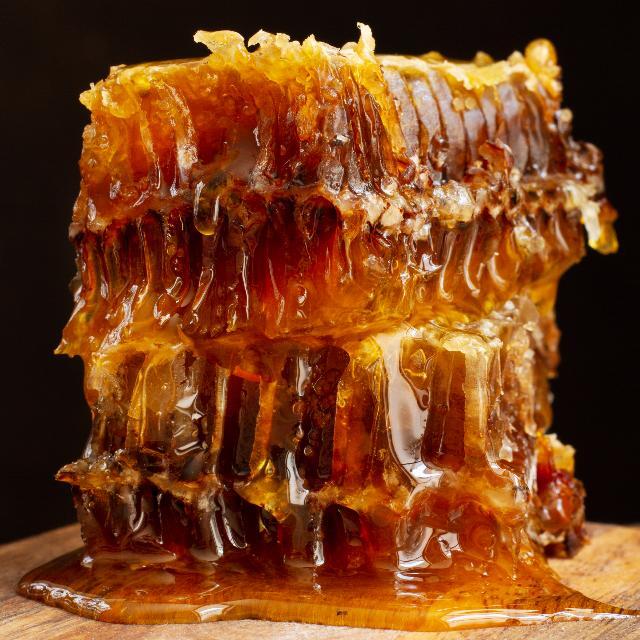The Kogelberg Chenin Blanc is from a registered Single-vineyard block nestled in the picturesque Elgin region.
A full-bodied wine with typical Chenin Blanc characteristics of orange peel and citrus aromas. A rich palate with hints of honey and ripe fruit – the perfect accompaniment to food. Enjoy this wine with creamy Asian or Mexican dishes
Ratings/Accolades:
(2020) National Wine Challenge: Double Platinum
(2021) Tim Atkin: 92 Points
A full-bodied wine with typical Chenin Blanc characteristics of orange peel and citrus aromas. A rich palate with hints of honey and ripe fruit – the perfect accompaniment to food. Enjoy this wine with creamy Asian or Mexican dishes
Ratings/Accolades:
(2020) National Wine Challenge: Double Platinum
(2021) Tim Atkin: 92 Points
The wine is named after the UNESCO biosphere where the vineyards are grown, stated to have the most diverse flora in the world. Grown with meticulous care and nurtured by the cool climate, the wine boasts a harmonious balance of vibrant fruit flavors and tantalizing acidity that speak of its terroir and the dedication of the Vrede en Lust team.
The grapes were handpicked early in the morning and transported to Vrede en Lust in 500 kg bins. The fruit is crushed, pressed and settled in stainless steel tanks. After this, the juice is fermented in 225 and 500 liter French oak barrels. The wine stays on the lees for 10 months prior bottling
Winemaker: Karlin Nel
The grapes were handpicked early in the morning and transported to Vrede en Lust in 500 kg bins. The fruit is crushed, pressed and settled in stainless steel tanks. After this, the juice is fermented in 225 and 500 liter French oak barrels. The wine stays on the lees for 10 months prior bottling
Winemaker: Karlin Nel
Vrede en Lust was founded in 1688 by a Flemish Merchant called Jacques de Savoye. The Governor of the Cape allocated this farm to De Savoye, who fled Europe with his wife, Marie-Madeleine le Clerq, due to religious persecution. After 70 days at sea, they arrived in Table Bay on 26 April 1688 on the 160ft Oosterland. The scene shifts to the Drakenstein, sparsely populated with only 23 Dutch freeburgers having settled there before. The valley is majestically beautiful, though quite rugged, with dense forests, game, lion and leopard, and the only human inhabitants, some nomadic Khoi. The pioneers lived in simple clay and reed homes.
This is where De Savoye became the owner of a magnificent piece of land against the foothills of the Napoleonsberg (today known as the Simonsberg). He called his farm Vrede en Lust (Peace and Delight/Eagerness), nurturing visions of a rural paradise where he could spend his last days. He immediately started improving the 55 Ha of land that starts at the Bergrivier valley floor and runs up the eastern foothills of the majestic Simonsberg Mountain.
This is where De Savoye became the owner of a magnificent piece of land against the foothills of the Napoleonsberg (today known as the Simonsberg). He called his farm Vrede en Lust (Peace and Delight/Eagerness), nurturing visions of a rural paradise where he could spend his last days. He immediately started improving the 55 Ha of land that starts at the Bergrivier valley floor and runs up the eastern foothills of the majestic Simonsberg Mountain.











